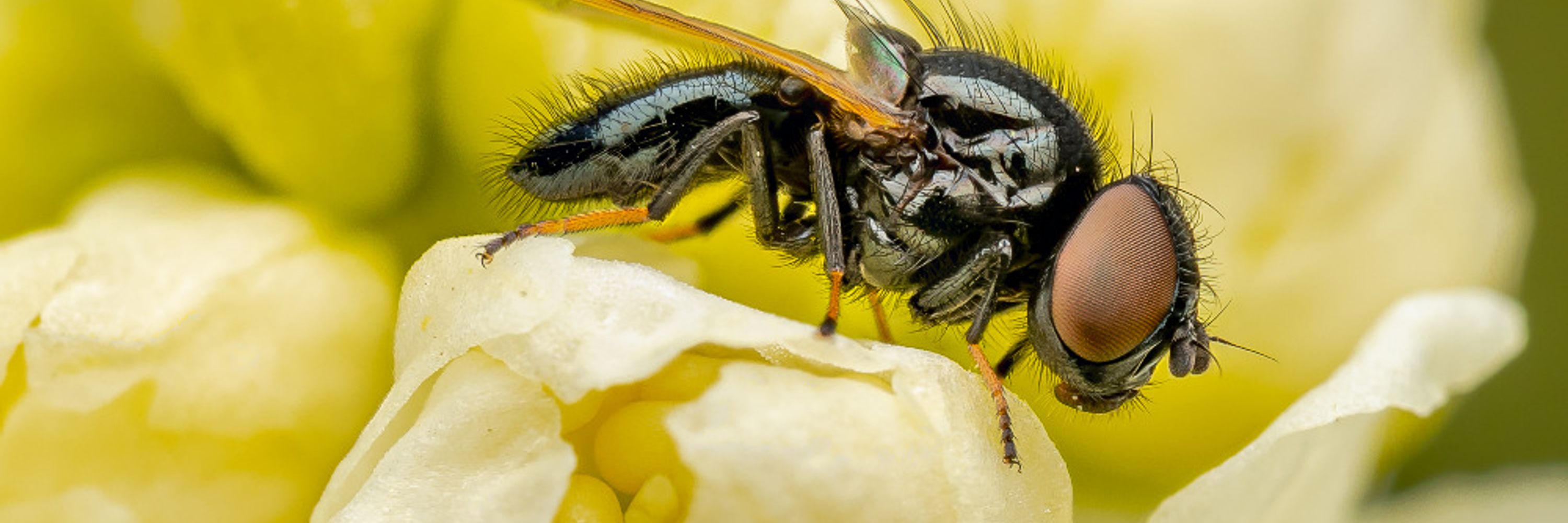


This occurs due to the process of regressive evolution. In an environment without light, vision provides no advantage in finding prey or avoiding predators. The loss of their eyes means that energy and resources once used for eyes are instead allocated to other traits.


This occurs due to the process of regressive evolution. In an environment without light, vision provides no advantage in finding prey or avoiding predators. The loss of their eyes means that energy and resources once used for eyes are instead allocated to other traits.
To start really small, here is a Lacewing egg on its stalk. It is barely bigger than a hair.
#Insects #Arthropods #Invertebrates #BugSky #SciArt

To start really small, here is a Lacewing egg on its stalk. It is barely bigger than a hair.
#Insects #Arthropods #Invertebrates #BugSky #SciArt







#bugsky #insects #nature

#bugsky #insects #nature




Following post is the finished sketch. 👇🏻











